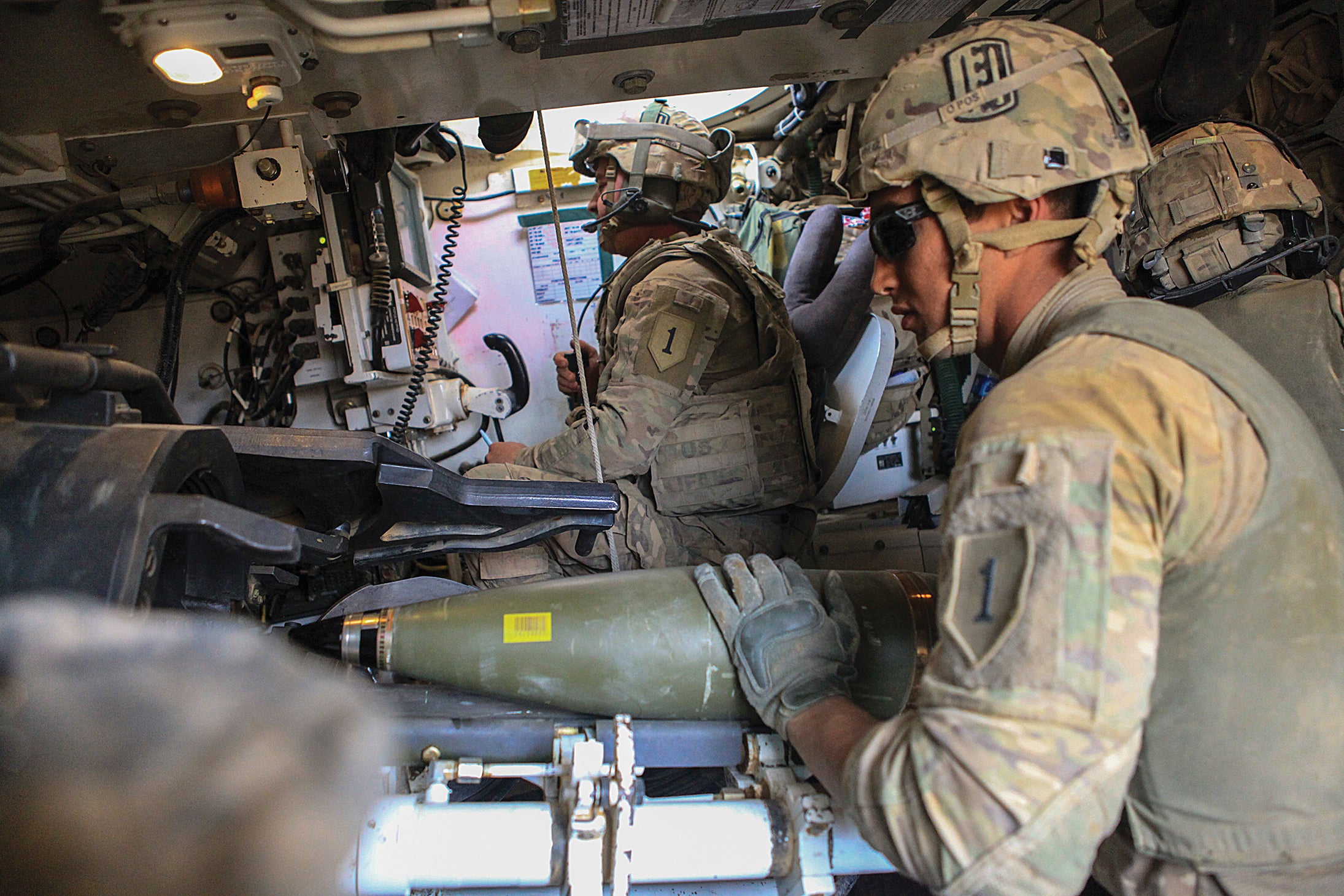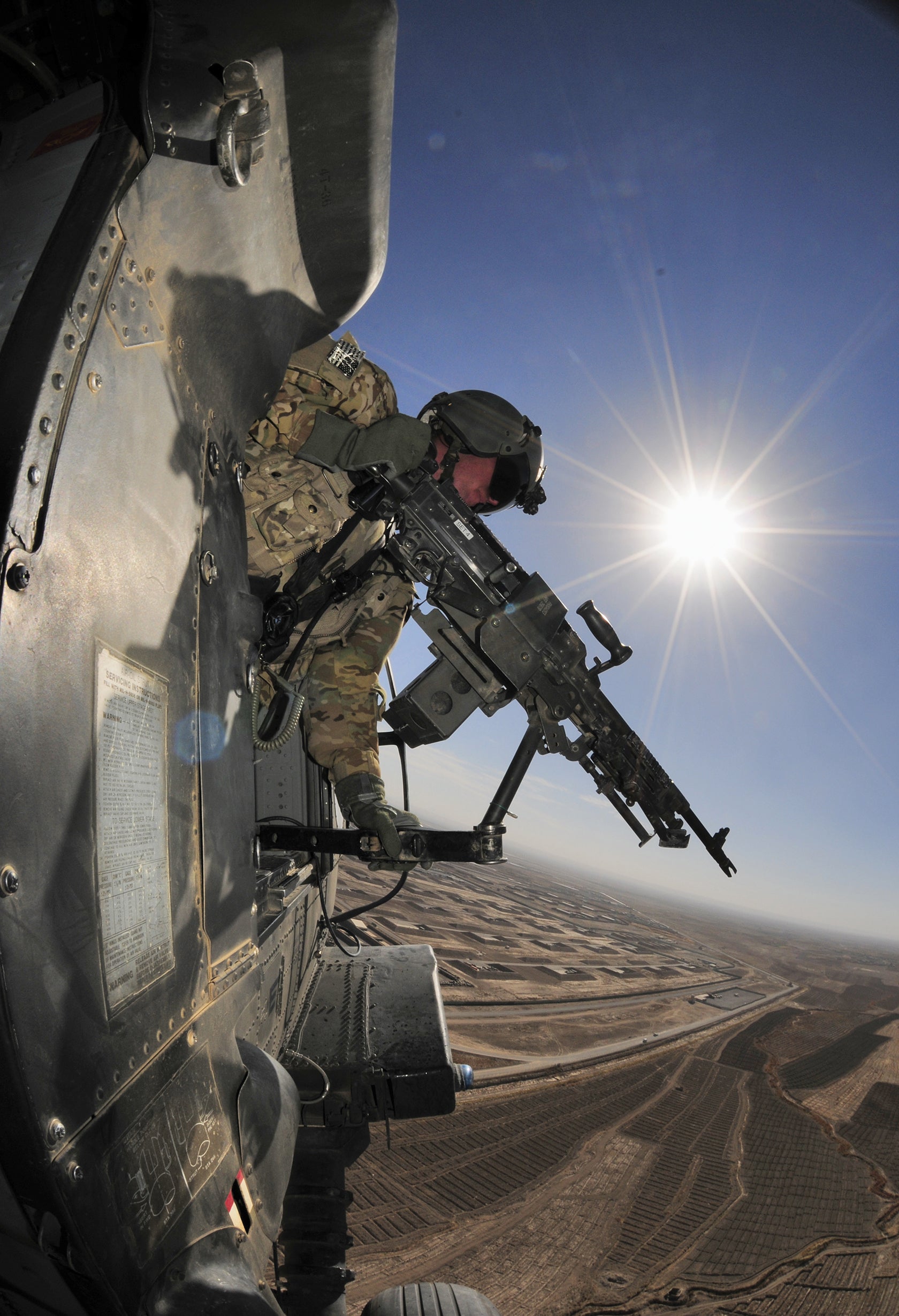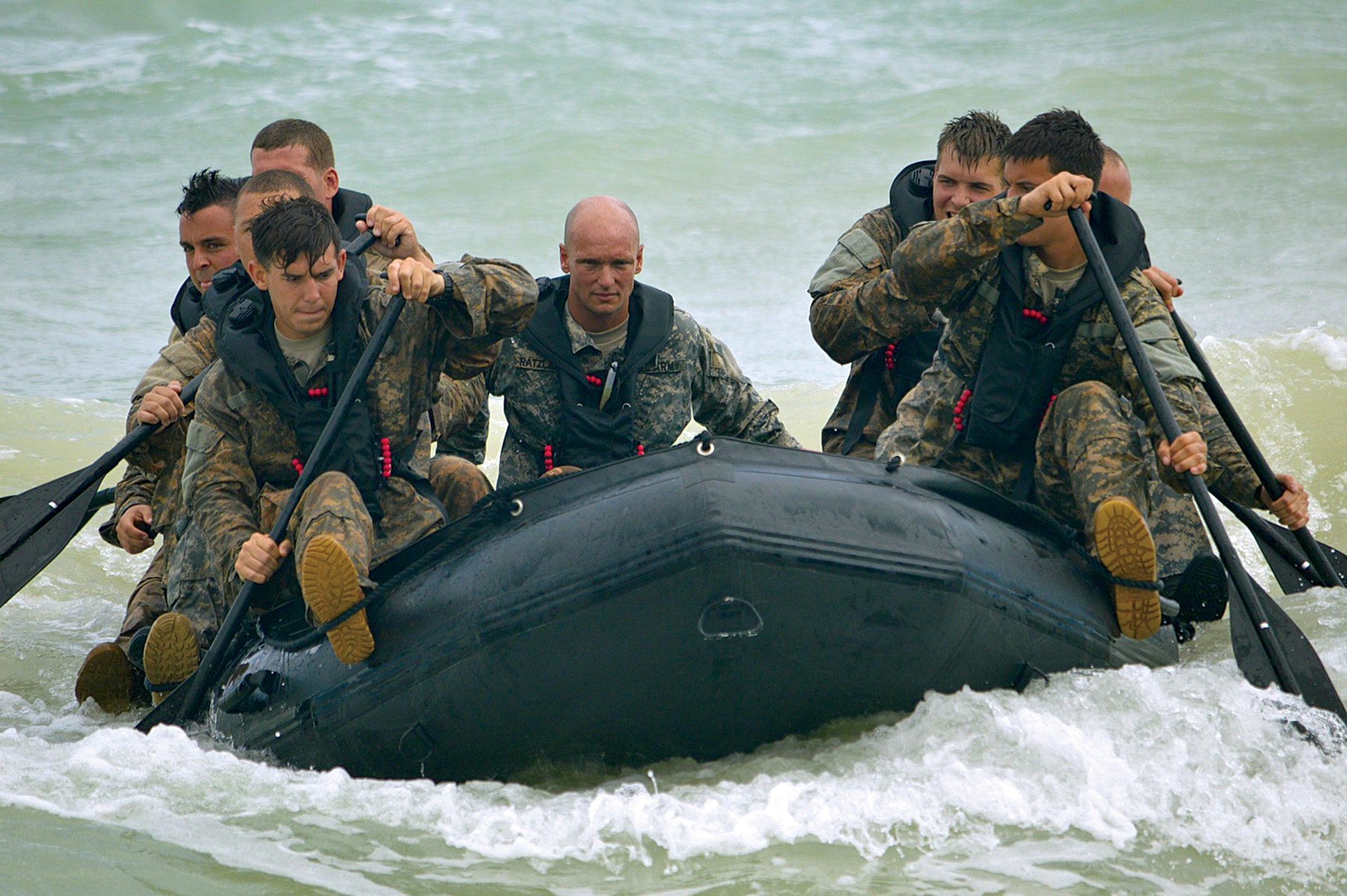Senior Army and Marine Corps leaders have made a solid argument for the need to reimagine joint combined operations for the 21st century, especially given current and potential adversaries’ actions and their use of advanced technologies to achieve parity or overmatch. Integrated air defense, long-range precision strike capabilities, cyberspace, unmanned aerial vehicles and other technologies undercut the foundational basis for current U.S. joint force design and employment—namely, friendly air, maritime, space and cyberspace superiority. As such, future Army forces cannot assume domain superiority when facing future threats.
Instead, it can be argued that in future operational environments, Army forces will require a new Multi-Domain Battle concept with corresponding capabilities to project combat power from land into other domains to enable joint force freedom of action, as well as to seize positions of relative advantage and control key terrain. Employing Multi-Domain Battle, joint forces with integrated cross-domain capabilities provide a credible capability to deter adversary aggression, ensure the joint force’s access to secure terrain, and consolidate gains for sustainable outcomes. In other words, Multi-Domain Battle provides the cognitive and operational framework that enables us to win future conflicts.
In order to realize Multi-Domain Battle, Army leaders and capability developers cannot succumb to the deceptive allure of technology alone to create the overmatch required to beat future enemies. Instead, senior military leaders have recognized rightly that capitalizing on the quality of U.S. military personnel, matched with superior joint training and leader development, remains the decisive advantage over future peer and near-peer threats. Future teams will include interorganizational and multinational partners, adding their people and capabilities to the mix.
What is this quality touted as the decisive advantage over highly capable, technologically advanced threats of the future? Certainly, one aspect is the entrepreneurial, pioneering, no-problem-too-tough, can-do spirit that still exists in the Americans who volunteer for military service. Another aspect of this quality is the cognitive abilities that our American school system, despite any perceived flaws, generates in those very same individuals who raise their hands in an oath to support the U.S. Constitution.
These qualitative elements are then enhanced through institutional and organizational leader development in conjunction with unit training to produce the bold, agile and innovative leaders of character required to execute Multi-Domain Battle.
‘Secret Sauce’ Binds
However, the Army has created a “secret sauce” that binds the key Multi-Domain Battle ingredients—quality soldiers, agile decision-making and cross-domain capabilities—into a complete “meal” that is exponentially greater than its parts. This relatively new secret Army sauce, based on an old German recipe, is the philosophy of Mission Command. When realized and inculcated as an intrinsic part of the Army profession, this overarching philosophy of leadership will enhance the people, processes and tools necessary for Multi-Domain Battle to become the Army’s future operating concept.
At its core, the philosophy of Mission Command is the empowerment of soldiers to take disciplined initiative. In general terms, initiative is the inclination to act purposefully. Disciplined initiative implies that soldiers demonstrate a duty to act in the absence of orders (as when communications are denied, degraded or disrupted), when existing orders no longer fit the situation, or when unforeseen opportunities or threats arise. It is a commitment to find or create windows of opportunity, solve problems, and take action to accomplish the mission.
Disciplined initiative is bounded first by the Army Ethic and second by the commander’s informed and well-thought-out intent. Disciplined initiative is bolstered by effective education and training, reinforcing experiences, and a climate of candor and trust. Subordinates are empowered to take disciplined initiative when superiors create shared understanding of the situation, communicate expectations clearly, impose minimum essential controls, accept prudent risk and potential mistakes and failures made within the scope of their intent, and value each individual as part of a cohesive team. Subordinates are also empowered when properly resourced with the combined arms capabilities needed to succeed at their level.
Continuing with this food analogy, the utensils the Army uses to create its secret sauce are the system components of the Mission Command warfighting function. The most important components are the commander, staff, subordinate leaders and mission partners. The system also includes operations and knowledge management processes, which are the two fundamental Mission Command processes; the Army’s information network, which is the key tool; and the command post. The command post represents the fusion of the Mission Command system’s people, processes and tools that facilitate human interaction and interoperability among mission partners and enable quality decision-making.
Future Army training and education must prepare commanders, staffs and subordinate leaders grounded in the science and sociopolitical dynamics of warfare, committed to the moral and ethical application of force, and dedicated to applying the Mission Command philosophy. The most effective way to prepare Army leaders for Multi-Domain Battle is to replicate the relevant aspects of the complex future environment accurately. Whether in the classroom, at home station, in combat training centers or within a synthetic training environment, each learning experience is fashioned as a context-based, problem-solving exercise against a highly capable opponent to challenge and develop critical and creative thinking across all domains. Replicating the overabundance of information will ensure leaders become skilled at identifying, prioritizing and analyzing the most important data and information out of the vast quantities available.
Owing to the Army’s previous focus on counterinsurgency and other operations dominated by stability tasks, the Army must regain its expertise in conducting the operations process across the full range of military operations and with joint, interorganizational and multinational partners. Future Army commanders and their staffs must be skilled in operational art and be able to think, plan and operate across multiple domains. Commanders must be extremely proficient at formulating and articulating effective planning guidance and preparing a clear mission statement, intent, and concept of operations to guide action.
Future knowledge management must streamline the flow of information and intelligence and ensure commanders, staffs and subordinates can digest the volume and availability of information. This concentrated information will provide the knowledge required to solve problems, make decisions and take disciplined initiative. Knowledge management will optimize the development and sharing of information throughout the operation, within and among command posts, across echelons and with mission partners. Knowledge management will harmonize an organization’s battle rhythm and decision cycles across time zones, planning and event horizons, and with partners.
The future Army information network is being designed and built holistically to operate with Mission Command principles and supporting warfighting processes, and will provide the warfighting platforms for cyberspace operations and other network-based activities. The network will enable Army forces to outmaneuver adversaries physically and cognitively through extension of combined arms across all domains. The network will have ample capacity and robustness to support expeditionary, dispersed and decentralized joint combined arms operations in remote, austere environments, dense urban areas and other complex terrain. The network will connect air and ground maneuver, intelligence, fires, maneuver support and sustainment elements; adjacent, subordinate and higher echelons; and relevant mission partners.
The Army network will balance line-of-sight and beyond-line-of-sight means and will be defended in cyberspace and the electromagnetic spectrum, as well as in the physical domains in which it exists. The network will provide multiple paths for information to flow. When one path is disrupted, data or communications will automatically re-route through another path or transport mechanism to the intended recipient. The network will be resilient and self-healing; however, when threats severely disrupt the network, units and individuals will be able to disconnect information systems, continue to conduct operations on individual systems or as part of a smaller closed network, and reconnect and resynchronize later within the larger Army network when connectivity is restored.
Common Operational Picture
The Army network will enable the receipt and dissemination of relevant information from all operational domains and warfighting functions for display on a common operational picture available to the mounted or dismounted commander, leader and soldier; all higher-echelon command posts; and appropriate mission partners. The network will attain technical interoperability with joint, interorganizational and multinational partners (and the Army’s own information systems) through shared network services, infrastructure and security architecture; establishing common data requirements and formats; and strict adherence to a common operating environment—a universal set of computing technologies and standards. These attributes support battlefield visualization, enhanced collaboration and shared understanding, effective coordination, and integrated action across all domains.
To meet the demands of Multi-Domain Battle, future Army command posts will be designed to facilitate how humans think and interact. They will enable the command and control of widely dispersed and decentralized forces conducting combined arms maneuver across all domains. Future command posts will be arrayed as command nodes at home station, en route and deployed locations that operate in concert to maintain command and control throughout deployment, entry and subsequent joint combined arms operations.
Rapidly deployable command nodes are modular and scalable, allowing commanders to tailor their command nodes and deploy forward only the minimum necessary functions and footprint. Smaller, mobile command nodes will be easier to physically and electronically conceal and move and, therefore, more survivable against future adversaries’ intelligence; surveillance; reconnaissance; long-range fires; and offensive space, cyberspace and electronic warfare capabilities. Future Army command posts will be agile and expeditionary, allowing Army forces to seize, retain and exploit the initiative in and across multiple domains.
While well-equipped units with technological parity or overmatch are essential to defeating future opponents, future success in Multi-Domain Battle rests with morally, intellectually and physically strong leaders imbued with the Army’s secret sauce—the philosophy of Mission Command. This overarching leadership philosophy, supported by the Mission Command warfighting function, empowers subordinates to take disciplined initiative to create multiple dilemmas for future enemies. Bold, agile and innovative leaders of character will think and apply combined arms capabilities across all domains to create temporary windows of localized control to seize, retain and exploit the initiative—and win.





